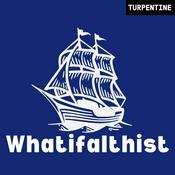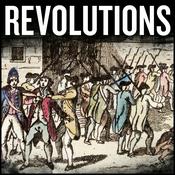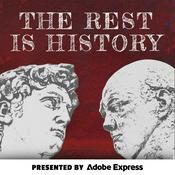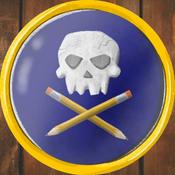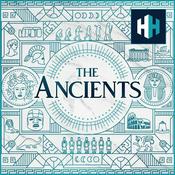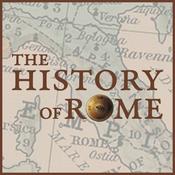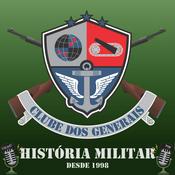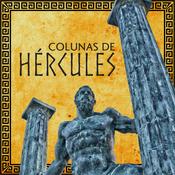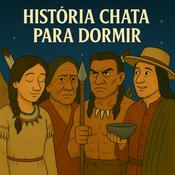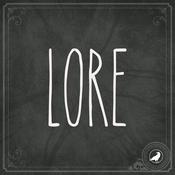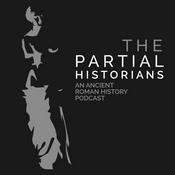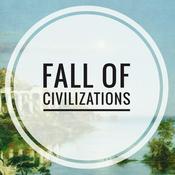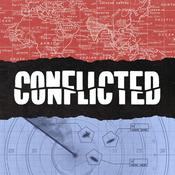390 episódios
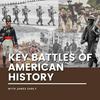
GW5: The Common Soldier
07/1/2026 | 59min
In this episode, Sean and James step away from battles and politics to focus on the daily lives of the ordinary men who fought in World War I. They explore what soldiers from the major powers wore, ate, and carried into battle, as well as the terrifying wounds and diseases that claimed millions of lives. The episode traces dramatic advances in medical care, from battlefield triage and antiseptic surgery to the first blood transfusions and reconstructive surgery. It also delves into the psychological toll of trench warfare, the spread of illnesses like trench fever and influenza, and the grim realities of capture and imprisonment. Through it all, listeners gain a vivid sense of the endurance, suffering, and humanity of the common soldier.See omnystudio.com/listener for privacy information.

GW4: The Eastern Front in 1914
31/12/2025 | 39min
While the Western Front quickly descended into trench warfare, the fighting in the East remained highly mobile, spanning vast distances across Eastern Europe. In this episode, Sean and James discuss Austria-Hungary’s failed invasions of Serbia, Russia’s disastrous defeats at Tannenberg and the Masurian Lakes, and the massive but costly Russian victory over Austria at Galicia. Listeners will learn how poor leadership, logistical chaos, and ethnic divisions crippled the Austro-Hungarian and Russian armies alike. By year’s end, both sides were bloodied and exhausted, setting the stage for a long and brutal struggle in the East.See omnystudio.com/listener for privacy information.

The Grand Illusion
27/12/2025 | 1h 5min
In this episode, Sean and James explore Jean Renoir’s The Grand Illusion (1937), a World War I masterpiece that examines class, nationalism, and the bonds that form even among enemies. They discuss the film’s unforgettable characters—from working-class Maréchal and aristocratic Boeldieu to the dignified German officer Rauffenstein—and the ways their relationships reveal a fading old order. Finally, they reflect on the film’s themes of humanity, hope, and the futility of war, which still resonate powerfully nearly ninety years after its release.See omnystudio.com/listener for privacy information.

GW3: The German Onslaught and the Miracle at the Marne
24/12/2025 | 56min
In August 1914, the German army launched an invasion of Belgium as a first step to their planned march through France and capture of Paris. As the Germans swept through Belgium and advanced on the French capital, the Allies made a desperate stand along the Marne River. The resulting “Miracle on the Marne” halted the German advance and ended hopes of a quick war. What followed was the grim birth of trench warfare and a conflict that would grind on for years. In this episode, James and Sean explore the opening months of World War I in the west— from Germany’s Schlieffen Plan and France’s doomed offensives to the brutal fighting of the Battle of the Frontiers and the halting of the German onslaught.See omnystudio.com/listener for privacy information.

All Quiet on the Western Front (1930 - ENCORE)
20/12/2025 | 1h 39min
In this episode, James and special guest Sean McIver discuss the classic 1930 anti-war film All Quiet on the Western Front. Based on the novel of the same name, All Quiet on the Western Front set the standard for all future war movies, especially those which present war in a negative light.See omnystudio.com/listener for privacy information.
Mais podcasts de História
Podcasts em tendência em História
Sobre Key Battles of American History
Ouça Key Battles of American History, Escriba Cafe - a história da humanidade e muitos outros podcasts de todo o mundo com o aplicativo o radio.net

Obtenha o aplicativo gratuito radio.net
- Guardar rádios e podcasts favoritos
- Transmissão via Wi-Fi ou Bluetooth
- Carplay & Android Audo compatìvel
- E ainda mais funções
Obtenha o aplicativo gratuito radio.net
- Guardar rádios e podcasts favoritos
- Transmissão via Wi-Fi ou Bluetooth
- Carplay & Android Audo compatìvel
- E ainda mais funções


Key Battles of American History
baixe o aplicativo,
ouça.

